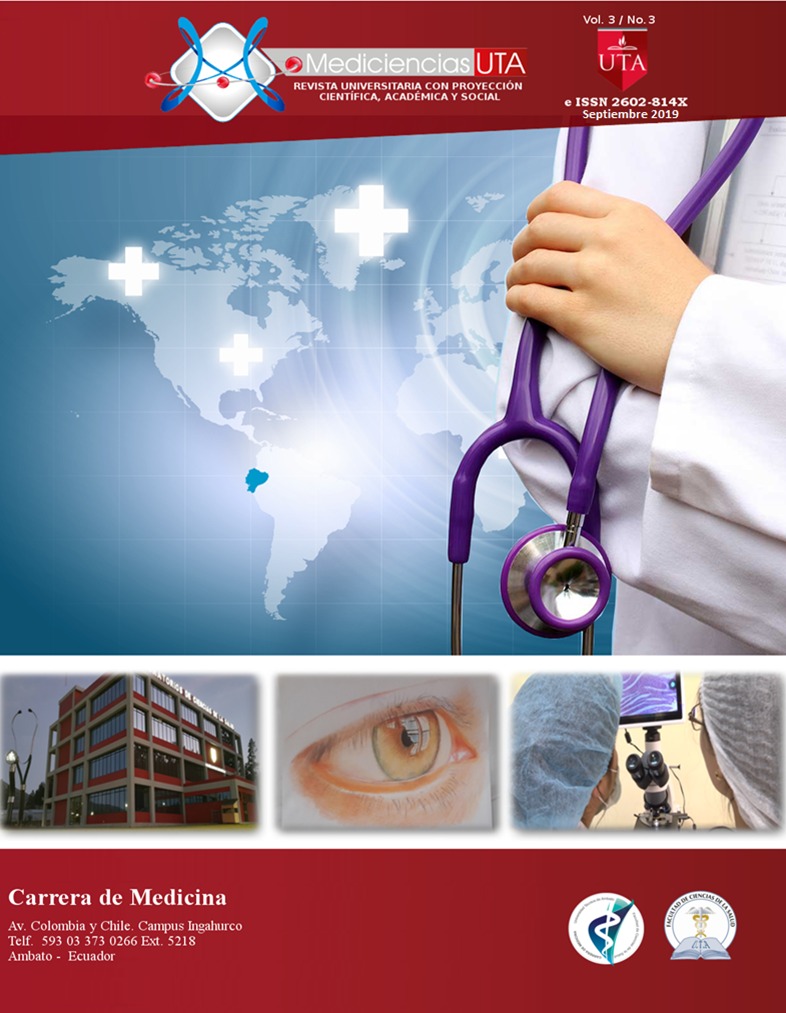Risk factors and therapeutic adherence in HIV-infected patients
Main Article Content
Abstract
Introduction: Ecuador is one of the five countries in Latin America with the newestcontagion syinfection of Human Immunodeficiency Virus (HIV) infection in 2005-2015. UNAIDS statistics in 2017 showed an increase, 33,000 people living with HIV/AIDS (PVVS) in the country, of which 32,000 are adults aged between 15 and 49: 9,900 women and 22,000 men.
Objective: Describe a clinical case of HIV-infected patient, emphasizing risk factors and therapeutic adherence.
Material and methods: A descriptive, retrospective, clinical case presentation study on HIV infection was conducted.
Results: The case of a female patient, 52 years old, resident in Cotopaxi, with a history of being a sex worker who comes from a painful and pruriginous skin injury. Therefore, it is valued in External Consultation, diagnosed or Herpres Zoster. HIV infection was confirmed, TARV was initiated, achieving elevation of CD4 T cell counts and decreased viral load, within two years developed kaposi Sarcoma.
Conclusions: To control the epidemic of HIV infection it is essential to identify risk factors in a timely manner, control them, make an early diagnosis, timely treatment and promote therapeutic adherence, which will reduce the viral load,raise the CD4 T lymphocyte count, delaying progression to the AIDS phase and the complications inherent therein. The role of Nursing staff is a role in achieving these goals.



